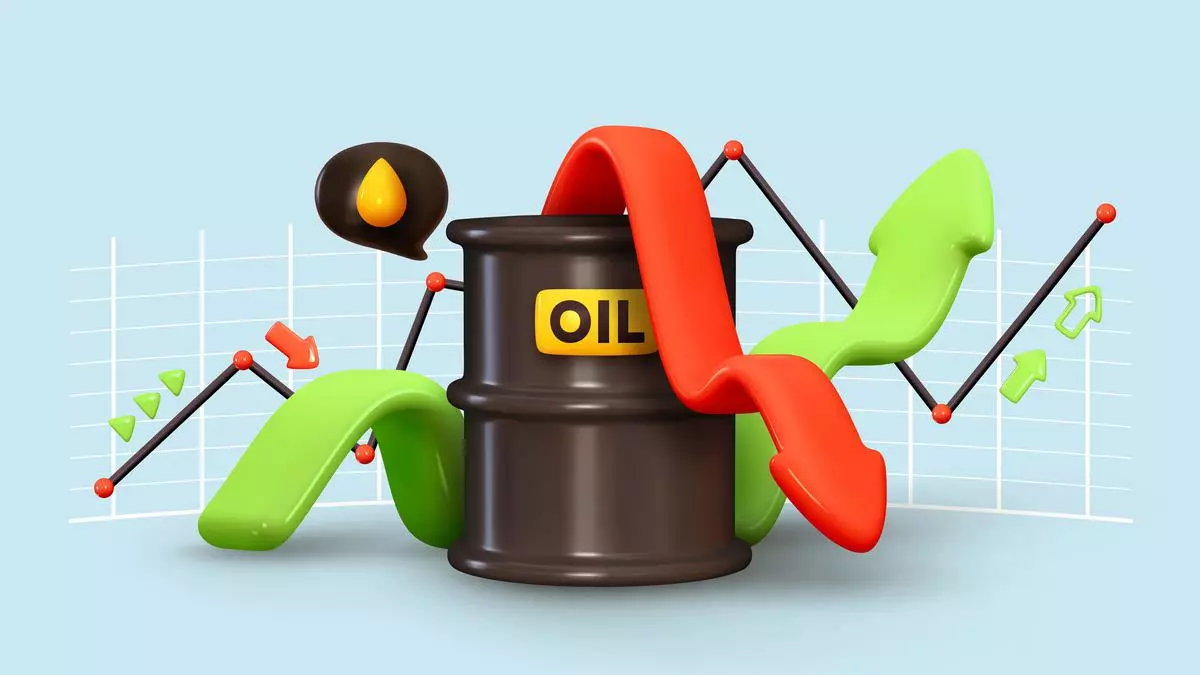
THE WORLD BANK has trimmed its growth forecast for the Philippines for this year but still expects strong growth in the medium term.
At the same time, the multilateral lender flagged possible trade disruption and geopolitical conflict risks ahead.
“The growth forecast for 2024 was revised downwards from 6% to 5.9%, reflecting the impact of adverse weather events that led to lower-than-expected growth in the third quarter of 2024,” Gonzalo J. Varela, World Bank lead economist and program leader of the equitable growth, finance and institutions practice group for Brunei, Malaysia, the Philippines, and Thailand, told reporters on Tuesday.
The Philippine economy, particularly the agriculture sector, felt the impact of climate-related events such as the El Niño and La Niña this year. Economic managers last week tweaked the growth target to 6-6.5% for this year from 6-7% previously.
Despite the slightly lower growth outlook, the World Bank said the medium-term outlook “remains strong.”
The multilateral lender kept its gross domestic product (GDP) growth forecast for 2025 at 6.1% and gave a 6% growth outlook for 2026.
This is within the government’s 6-8% GDP growth target for 2025 through 2028.
“The economy is projected to grow at an average of 6% annually from 2024 to 2026, supported by robust domestic demand, sustained public investment, and a dynamic services sector,” the World Bank said.
The outlook will depend on improving conditions for domestic demand, such as “easing inflation, more accommodative monetary policy, and the government’s commitment to sustained public investment.”
“Altogether, these are expected to maintain investment rates at relatively high levels, increasing potential output,” it said.
The Bangko Sentral ng Pilipinas (BSP) began its easing cycle in August amid easing inflation. It cut rates by 25 basis points (bps) in August, and by another 25 bps in October, bringing the benchmark rate to 6%.
The Monetary Board is set to have its final policy-setting meeting for the year on Dec. 19.
The World Bank said private consumption growth is projected to grow 5% in 2024, amid elevated inflation and tight financial conditions.
“Private consumption… is expected to remain the main engine of economic activity until 2026, fueled by low and stable inflation, steady inflows of remittances from overseas Filipino workers, and a dynamic labor market,” Mr. Varela said.
It expects private spending growth to quicken to an average of 5.6% in 2025 and 2026, due to steady remittance inflows, low and stable inflation, and strong labor market conditions.
The World Bank also said more private investments are expected to “firm up” due to recent economic reforms that opened up several sectors to foreign ownership.
RISKS AHEAD
The World Bank noted the balance of risks to the Philippine outlook remains tilted to the downside, “led by increased uncertainty surrounding the external environment.”
“There is an increase in uncertainty with respect to trade distortive measures by large economies that may affect global trade and dampen the global outlook. Additional external risks include slower growth in China, and an intensification of conflict and geopolitical tensions that could disrupt trade and commodity markets further,” it said.
The long-running trade war between the US and China is expected to escalate when US President-elect Donald J. Trump assumes office in January. Mr. Trump has vowed to slap tariffs of as much as 60% on US imports of Chinese goods.
World Bank Senior Economist Jaffar Al-Rikabi said the Philippines could find opportunities when global trade patterns change amid US-China tensions.
“Our message is the Philippines should focus on this as a time of opportunity. If it can get its regulations right, if it can invest in its people if it can be open for trade and investment, there are opportunities in what’s coming, as opposed to being concerned about some of the risks,” Mr. Al-Rikabi added.
Mr. Al-Rikabi said heightened tensions in the Middle East could affect commodity prices, such as oil, which may have inflationary effects on food and fuel prices in the Philippines.
“If inflation ends up proving to be more persistent and more sticky, then the result would of course have to be that the BSP has to maintain high policy rates which could dampen private domestic demand,” he said.
On the domestic front, Mr. Varela said risks arise from adverse weather conditions that hurt agricultural production, which then drive up food prices.
“Domestically, persistent inflationary pressures, delays in monetary policy easing, and the implementation of investment reforms could weaken private consumption and investment growth,” the World Bank said.
In the same report, the World Bank said poverty reduction is expected to accelerate, with the poverty rate seen to further drop until 2026.
“Poverty incidence (based on the lower middle-income country poverty line of US$3.65/day) is projected to decrease from 15.5% in 2023 to 13.6% and to 11.3% by 2026. This reduction is projected to be supported by robust economic growth, rising real household incomes,” it said.
However, climate-related shocks and inflationary pressures on food prices may derail poverty alleviation efforts.
“Addressing vulnerabilities through social protection and disaster risk management will be critical to sustaining progress,” it said. — A.R.A.Inosante








Leave a Comment